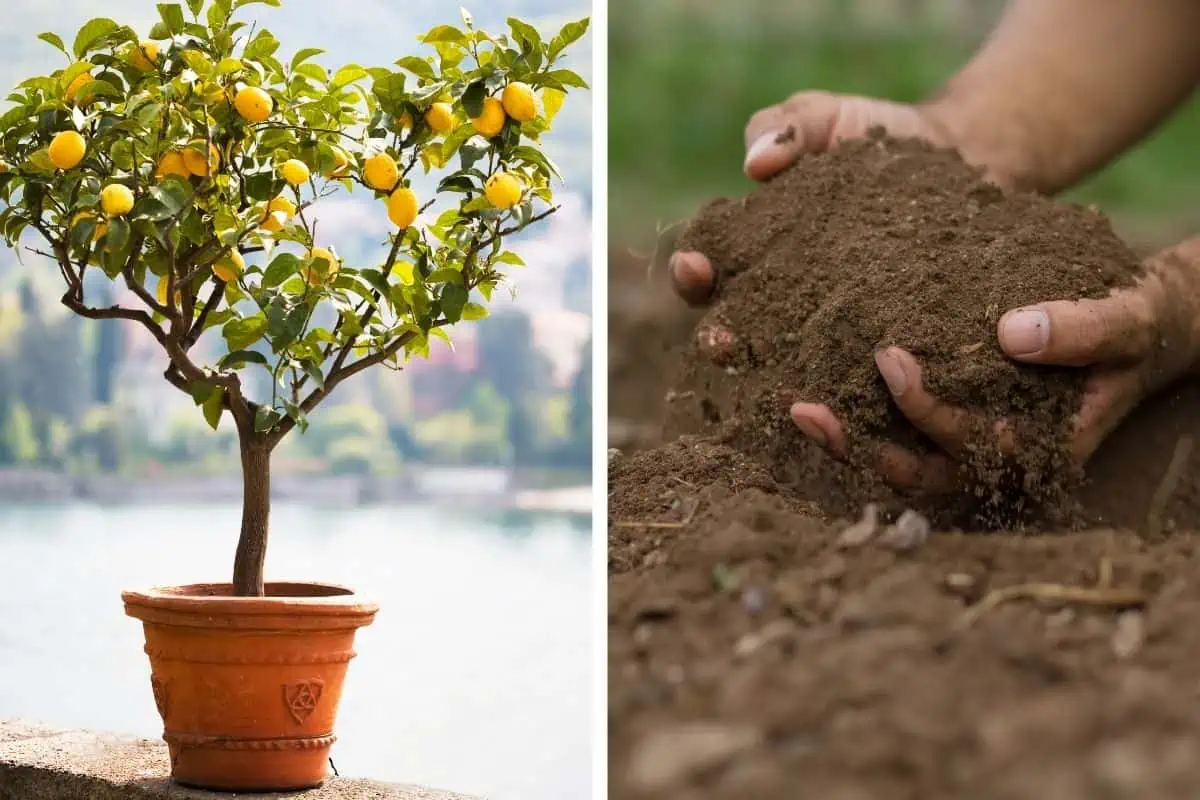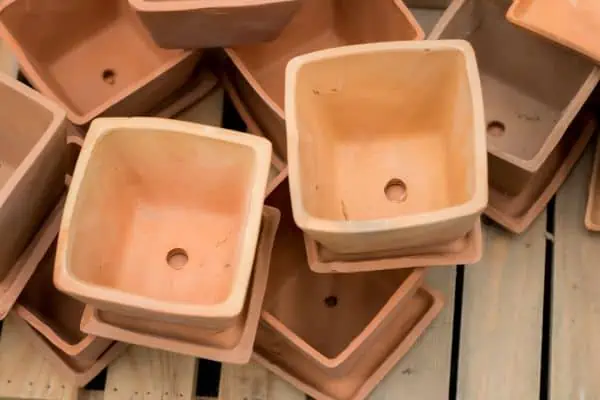Growing citrus trees can be delightful and rewarding, but ensuring the right soil conditions is crucial for their health and productivity. If you’re considering planting citrus trees or already have them, you might be asking if can you use regular potting soil for citrus trees.
In this article, we’ll explore whether you can use these soils for citrus trees and delve into the specific soil requirements that these trees prefer.
Can you use regular potting soil for citrus trees?
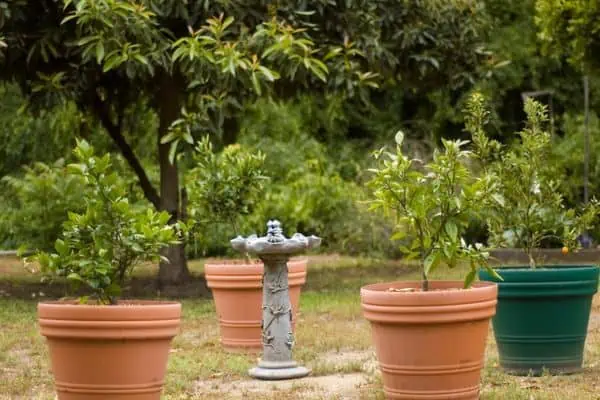
Yes, you can use regular potting soil for citrus trees, but for optimal health and growth, citrus trees typically prefer a well-draining, slightly acidic soil blend. Incorporating ingredients such as peat moss, perlite, and compost can improve a regular potting mix’s suitability for citrus trees.
Key Takeaways:
- Citrus trees grow well in soils that are well-drained and slightly acidic.
- To improve regular soil, you can add compost, peat moss, and perlite to meet the soil requirements.
- There are pros and cons to planting citrus trees in pots or in the ground.
Understanding Citrus Trees’ Soil Preferences
Citrus trees, including lemons, limes, oranges, and grapefruits, are hardy plants with specific soil preferences. They thrive in well-draining soil, preventing excess water from causing root rot or other diseases.
It allows roots to breathe, prevents waterlogging, supplies necessary nutrients, and maintains the slight acidity vital for citrus trees’ health and productivity. Additionally, citrus trees prefer slightly acidic soil with a pH level between 6 and 7. Regular potting soil may not meet these requirements without some modification.
Can you still use regular soil?
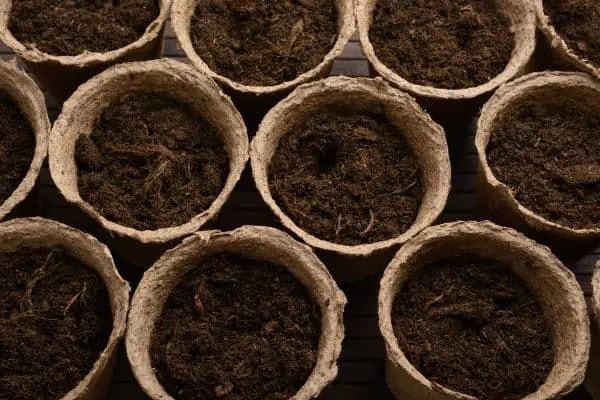
You can use regular potting soil for citrus trees, but it’s important to make sure the soil meets their specific needs. Citrus trees grow well in soil that’s well-drained, slightly acidic, and receives plenty of light. If your potting soil doesn’t have these characteristics, you can make it better by adding amendments.
You can add compost to provide nutrients, coconut coir or peat moss to increase acidity and keep moisture, and perlite to improve soil aeration and drainage. By making these changes, your normal potting soil can be a great place for your citrus trees to grow.
Best conditions for citrus trees
With the right conditions, citrus trees can be a beautiful and fruitful addition to your garden since they’ll grow well and produce lots of tasty fruit for many years. These are the things they require to thrive:
1. Sunlight
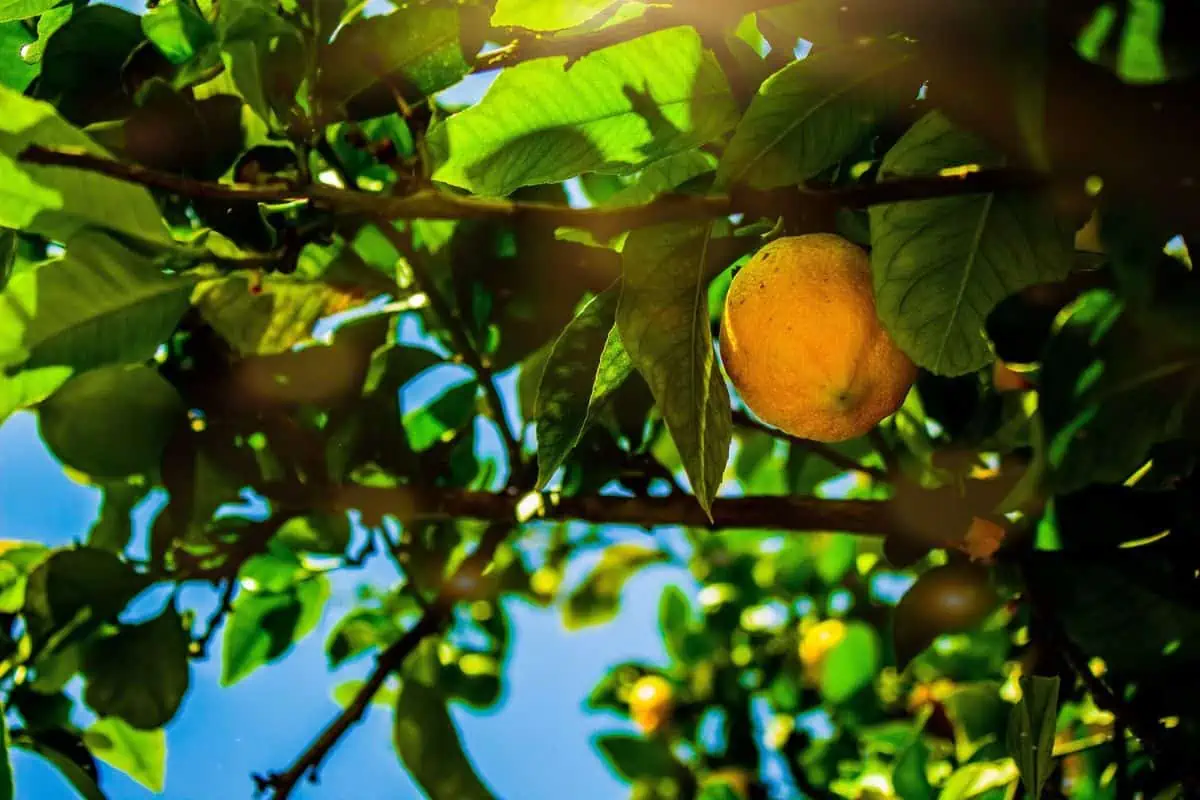
Each day, citrus trees need at least 6 to 8 hours of full sunlight. This is needed for the tree to grow well and produce fruit.
2. Soil
Citrus plants prefer soil that’s well-drained and slightly acidic. The soil should be loose and rich in organic matter since poorly drained soil can lead to root diseases and rot. If the soil isn’t naturally acidic (pH 6-7), it can be amended with peat moss or sulfur substances.
3. Temperature

Citrus trees are tropical to subtropical plants, so they prefer a warm climate. The tree can handle temperatures as low as 20-25°F, but if it stays cold for too long, it can harm the tree. If you live in colder places, frost protection is important.
4. Water
While citrus trees need regular watering, it’s crucial not to overwater. Let the soil dry a bit before watering again. Young trees also need to be watered more often than mature ones.
5. Space
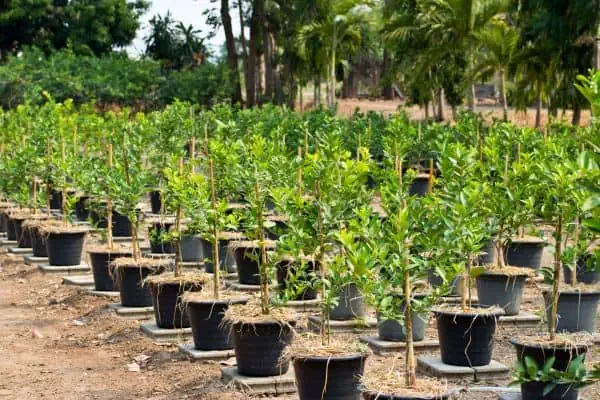
Citrus trees need ample space to grow. Depending on the variety, these trees can grow up to 20-30 feet tall and wide. Put trees 12-25 feet apart to allow for their potential growth.
6. Wind Protection
While citrus trees are relatively hardy, they don’t do well in strong winds. Moderate winds of 8 to 12 miles per hour can help your plant grow, but strong winds of 40 miles per hour or more can harm them. If you live in a windy area, make sure to plant your tree in a protected spot or create a barrier to shield it from the wind.
Potting vs. Planting in the Ground
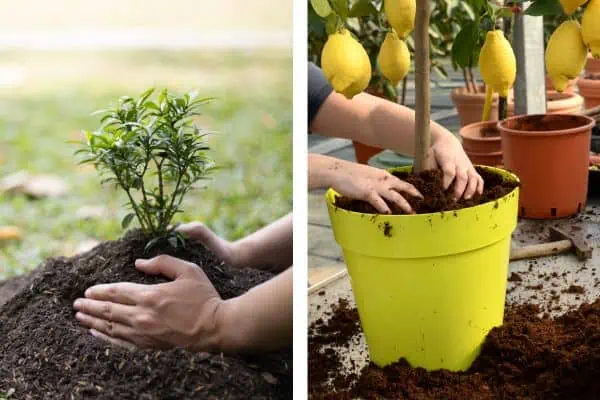
Deciding whether to plant a citrus tree in a pot or in the ground depends on your situation and has different advantages. In a pot, a citrus tree gains mobility, allowing it to be moved indoors during colder months, making this option ideal for colder climates.
Potted planting also offers a controlled environment, ideal for managing soil quality and drainage, and is perfect for space-limited areas like balconies or small gardens. However, pot-grown trees might be smaller due to restricted root expansion.
On the other hand, if you plant citrus trees in the ground, they’ll have enough space to grow, resulting in bigger trees and possibly more fruit. Trees planted in the ground can benefit from the natural microorganisms in the soil and usually need less watering than trees in pots. But they do best in areas where citrus trees can grow all year because they can’t be moved easily to protect them from cold weather.
Recognizing Signs of Soil Problems
Growing citrus trees can be a rewarding experience, but it has its potential challenges, particularly when it comes to soil. Here are a few soil-related issues you might encounter:
1. Poor drainage
Poor drainage is an ongoing issue, and if you notice water pooling around the tree or the soil consistently feels soggy, it indicates inadequate drainage.
2. Nutrient deficiencies
If you notice your plant’s leaves turning yellow, stunted growth, or leaves falling off, it could mean that the plant lacks important nutrients like nitrogen, phosphorus, or iron.
3. High soil salinity
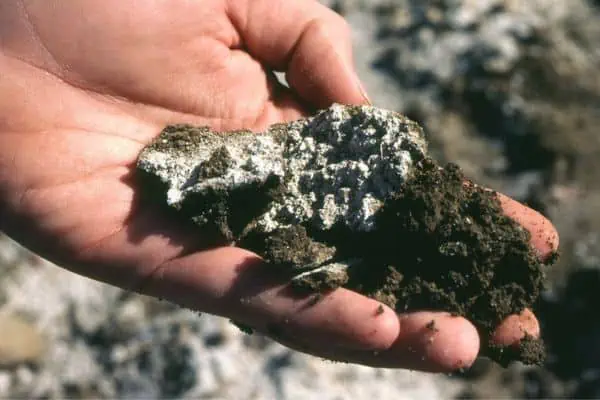
If the leaves exhibit burnt edges or the tree shows overall stunted growth, it may indicate high soil salinity.
4. Pests and diseases
Drooping leaves, yellowing, or dieback might be signs of the presence of pests like nematodes or diseases like root rot.
Maintaining Optimal Soil Conditions
Once you’ve established the right soil conditions for your citrus tree, maintaining them is key. This includes regular watering but avoiding waterlogged soil, periodic soil testing, and the addition of appropriate fertilizers or soil amendments as needed.
Mulching can help conserve moisture, suppress weeds, and add organic matter to the soil, benefiting your citrus tree. This allows you to make necessary adjustments to create the optimal growing environment for your citrus tree.
Conclusion
While it’s possible to use regular potting soil for citrus trees, these plants will thrive best when their specific soil preferences are met. By understanding the citrus trees’ needs and enhancing regular potting soil, you can provide a nurturing environment that supports healthy growth and plentiful fruit production.
Remember to monitor and maintain the soil conditions, and with the right care, your citrus trees can flourish, whether they’re in pots or planted directly in the ground.
